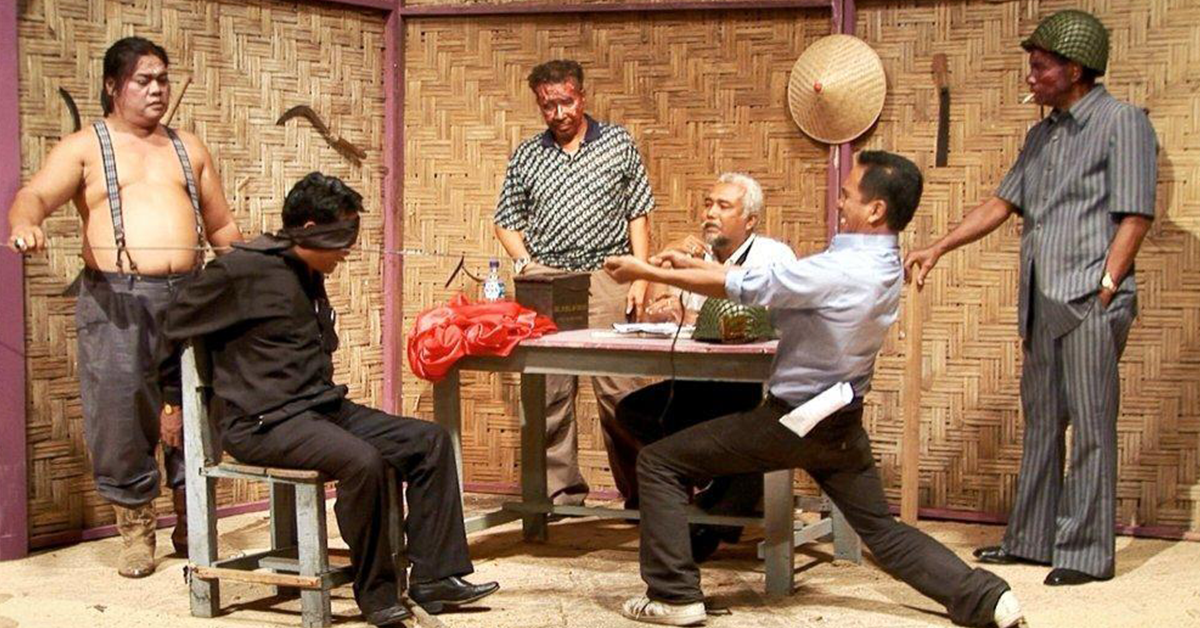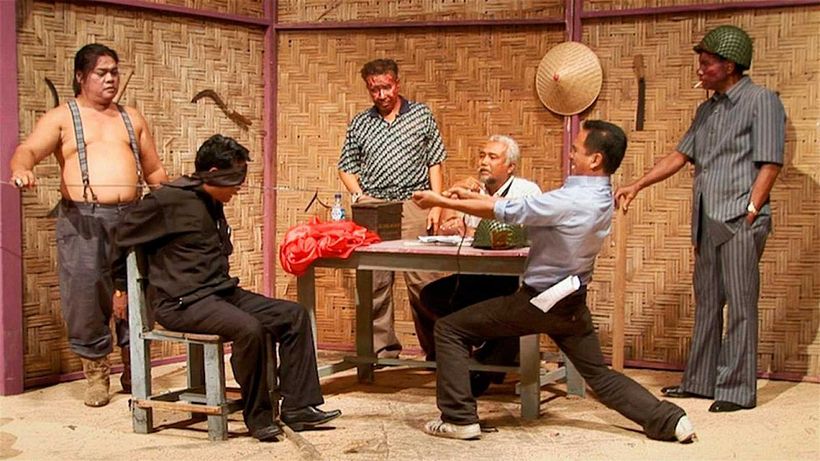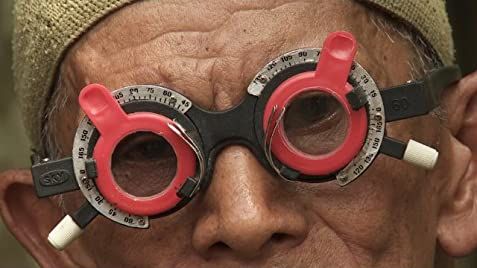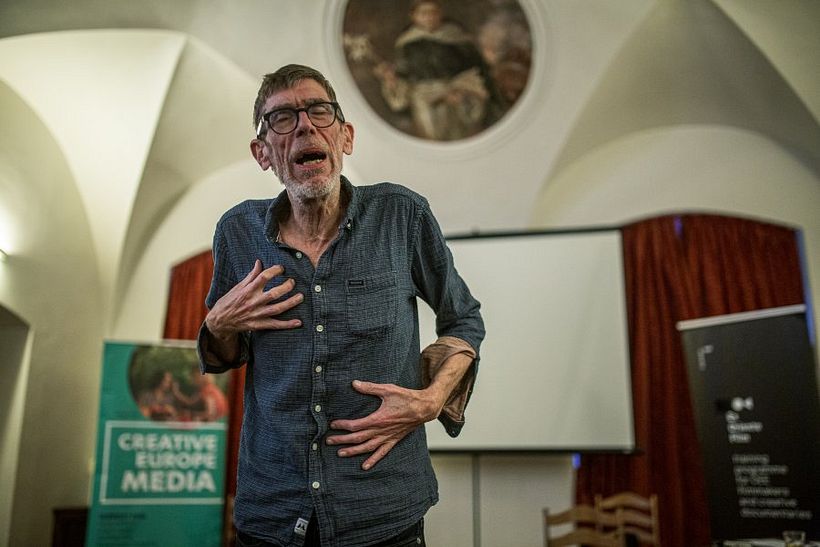@harry_davies
7 Film Editing Tips from an Oscar-nominated Editor

Niels Pagh Anderson, the editor of the Oscar-nominated documentary The Act of Killing and Ai Wei Wei’s latest film shares his philosophy and tips on how to edit a powerful film
Niels Pagh Anderson is a master film editor and has worked with some of the world’s greatest artists and directors, including Joshua Oppenheimer and Ai Wei Wei. His ability to understand, collaborate, and challenge their visions has earned him his place in the documentary film halls of fame.
This week, DocsBarcelona hosted him–online, of course–for a masterclass in film editing. You can watch Niels for free on the DocsBarcelona website.
Niels is adamant about the importance of stories and storytellers: “We live in chaos, we need to make sense of it.” The notion that every civilization has used stories, from creation myths to archetypal struggles, to make sense of the chaos is what informs Niels approach to editing, well as the title of his soon-to-be-released book: Order in Chaos.

1. The film will show you the way
At the beginning of an edit, it’s easy to feel overwhelmed by the chaos you must make sense of. But Niels reassures us that this is simply part of the process. Not knowing what your film will look like before you have edited the body of the work is totally normal and sometimes even necessary.
As you go along however, a dialogue with your story will arise. You will learn from the process and these lessons will enable you to craft the film into a satisfying conclusion.
2. Start with the drama
There’s no need to work your story from the beginning. In fact, it is often easier to find the most dramatic moments, which may be close to the end, and work outwards from there.
These moments will probably be easier to identify early on in your edit and can guide your instincts forward and inform your later decisions.

3. Seek authenticity
The selfie has made people more self-aware than ever. Everyone is an editor of the visual story they upload to social media. This performative consciousness makes documentary filmmaking harder than ever.
An audience can still tell the difference between authenticity and performance, however. It is the filmmaker’s job to get behind this mask.
Niels work on The Act of Killing is a perfect example of this. The documentary sees Cambodian war criminals make Hollywood-style films about themselves, allowing the audience to see how they viewed themselves and see behind what they wanted to portray on camera.
4. Don’t judge your character
“If I’ve engineered a universe and I’m judging its characters, they will become cliches, not human beings.”
Documentary film is a process of humanization for Niels: the lives of the other highlights the universal shared experiences of human beings. It is the opposite of the messaging of war, where the other is dehumanized and vilified in a bid to justify their murder or exploitation.
5. Nobody gets it all
No character can’t be entirely heroic or villainous. Whether we are telling the story of a good samaritan or a despicable murderer, nobody can be totally good or totally bad.
Documentary makers are drawn to make films about the extraordinary but it is normality with that will give this wonder weight. We must balance our characters by showing their best and worst sides, their greatest strengths and their biggest insecurities. An editor does not need to emphasise the wrongdoing of a war criminal, their crimes speak for themselves.
Seeing another side to these individuals will create a tension that will captivate an audience and leave it with a lot more to think about.

6. Fall in love with your characters
It is unlikely our love for our characters will be conventional but Niels explains that an editor can learn a lot from the process of falling in love.
When you first start to fall in love, everything about a person is fantastic: “even her farts are cute.” It is this attitude which will allow you to identify and connect with the most human and engaging elements of your character.
These are the elements that lead you, and your audience, to say: “Tell me more.”
7. Master the pause
The head of programming at DocsBarcelona and moderator for this masterclass, Tue Steen Müller, refers to Niels as the King of Pauses, and for good reason: Niels lets his stories breath.
He explains that this is because he puts emotions before words and actions, those of his audience, as well as his characters. Allowing viewers the space to process what they see and connect it to their own lives is what makes the film resonate with people.
But you can’t just put a pause anywhere. If you start with chaos, you turn to structure and your film begins to take shape according to its main events, the words and actions of its characters. Then you can begin to understand the film’s energy and emotions.
With this, you can pace the film and understand where the pauses will best serve it. Niels describes drawing the energy alongside his script structures on the editing suite walls, almost as though it were a different entity altogether.
If you liked what Niels had to say, check out the rest of DocsBarcelona’s masterclasses on their website and you can attend the festival and watch its films online at Filmin.
You may be interested in:
- Professional Audiovisual Editing with Adobe Premiere Pro, a course by Giacomo Prestinari
- Introduction to Final Cut Pro X, a course by Giacomo Prestinari
- Introduction to Adobe Premiere Pro, a course by Juanmi Cristóbal





0 comments